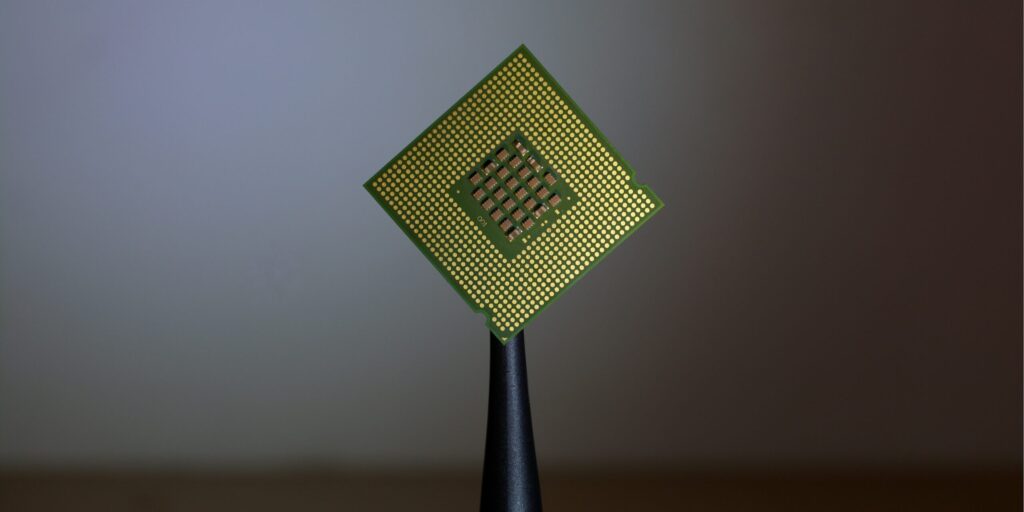On July 30, 2025, Morgan Stanley raised its price targets for several leading AI chipmakers, reaffirming Wall Street’s strong confidence in the sector’s growth trajectory. This bullish move reflects both the robust demand for artificial intelligence infrastructure and the sustained capital investment flowing into the semiconductor space.
The firm’s veteran analyst, Joseph Moore, increased his 12-month price targets to $200 for Nvidia (up from $170), $125 for Astera Labs (up from $99), $338 for Broadcom (up from $270), $185 for AMD (up from $121), and $80 for Marvell Technology (up from $73). Nvidia, Astera Labs, and Broadcom were given “overweight” ratings—signaling Morgan Stanley’s recommendation to buy—while AMD and Marvell received “equal weight” ratings, suggesting a more neutral stance.
Moore’s commentary emphasized the “exceptional” level of demand currently being observed across AI supply chains. Hyperscalers, enterprise cloud providers, and leading internet platforms are fueling this momentum by expanding their AI capabilities—investing in new data centers, training models, and adopting next-generation chipsets to power everything from recommendation algorithms to large language models.
Despite some ongoing supply challenges, particularly around Nvidia’s new Blackwell chip architecture, Moore noted that these constraints are expected to ease in the second half of the year. This easing could unlock further gains for manufacturers as bottlenecks improve and product delivery timelines stabilize.
Investor response was swift. Following the report’s release, Astera Labs stock surged nearly 9%, Marvell rose more than 9%, and shares of Nvidia, AMD, and Broadcom all saw notable gains. The rally signaled strong investor belief in the continued growth of AI chip demand, especially as infrastructure needs expand across industries like cloud computing, finance, healthcare, and defense.
Read also: https://atoztimes.com/u-s-tech-giants-lead-the-way-in-quantum-computing-investment/
Nvidia remains the most closely watched player in the space, with its GPUs forming the core of many AI model training and deployment systems. Its Blackwell GPUs are already being integrated into next-generation AI servers and cloud platforms. Astera Labs, though less widely known, has become a rising star for its high-speed connectivity solutions that link CPUs and GPUs in data centers. Broadcom and Marvell are also seeing momentum due to their custom chip solutions and networking equipment tailored to meet the complex needs of AI-driven infrastructure.
Morgan Stanley’s note also framed AI chipmakers as the central force behind the current tech sector rally. While memory and traditional computing segments have experienced slower recoveries, companies focused on AI hardware are consistently outperforming due to strong fundamentals and continued client demand.
The timing of the upgrade coincided with broader market anticipation surrounding second-quarter earnings from Microsoft and Meta—two major buyers of AI infrastructure. As these tech giants ramp up their AI operations, analysts believe they will continue to fuel a multi-year growth cycle for semiconductor firms. Simultaneously, the Federal Reserve’s decision to hold interest rates steady gave additional reassurance to investors navigating inflation and rate volatility.
Analysts also underscored how the sector’s resilience amid broader economic uncertainty positions AI chipmakers as safe havens for technology investors. With global digital infrastructure spending expected to rise well into 2026, chipmakers producing the backbone technologies for AI processing and data center scaling are increasingly viewed as foundational growth engines for the entire tech industry.
Looking ahead, the sector’s performance will likely remain closely tied to enterprise and public sector AI adoption rates, geopolitical supply chain dynamics, and continued innovation in chip design. Still, for now, the consensus is clear: AI chipmakers are riding the crest of a major investment wave, and Morgan Stanley’s upgraded outlook underscores their strategic role in the future of global computing.


